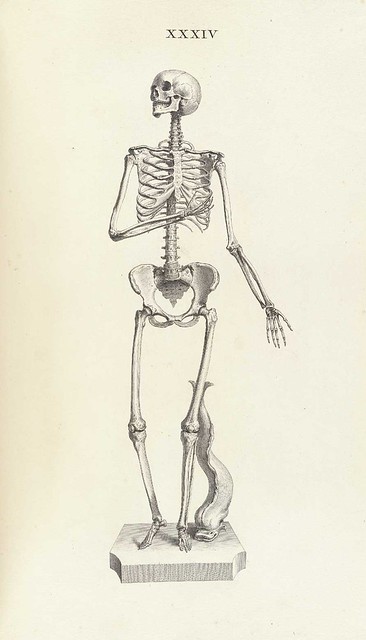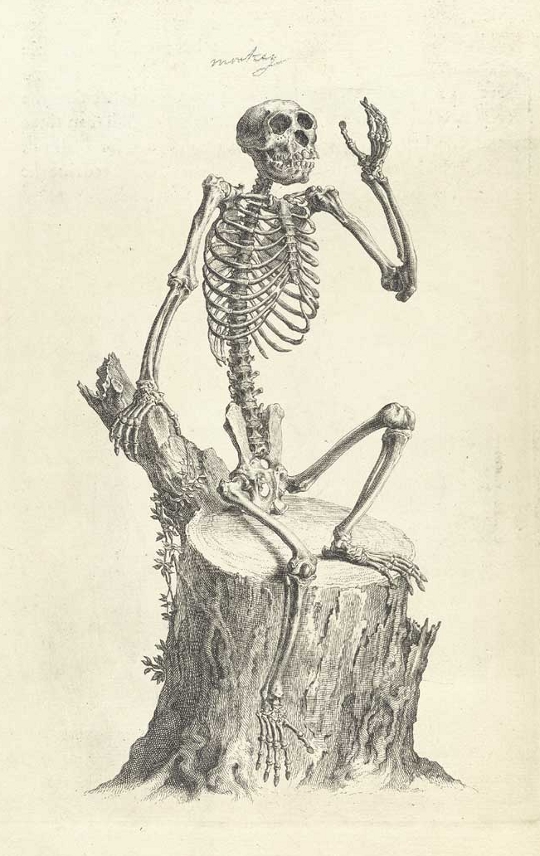 |
| Source |
Last weekend I went to the movies and saw The Hunger Games: Catching Fire. Now, on the Saturday following Thanksgiving, as I come off a turkey and stuffing induced coma, I find myself a little disconcerted by the juxtaposition of a gluttony-fueled holiday and a movie about starving kids killing each other.
I first read the The Hunger Games Trilogy about a month before the first movie came out. Although I had heard a lot of people talk about the Hunger Games, I was initially quite opposed to reading the books; the concept of kids killing each other in a reality-show format did not seem like something that I wanted to read. Then I was lent a copy of the book and I ended up getting hooked, primarily because of the strength of the main character Katniss. So I finished the series and went to the movies. And although I enjoyed both the books and the movies, I find some of the media sensation around the series to be a little off-putting.
about a month before the first movie came out. Although I had heard a lot of people talk about the Hunger Games, I was initially quite opposed to reading the books; the concept of kids killing each other in a reality-show format did not seem like something that I wanted to read. Then I was lent a copy of the book and I ended up getting hooked, primarily because of the strength of the main character Katniss. So I finished the series and went to the movies. And although I enjoyed both the books and the movies, I find some of the media sensation around the series to be a little off-putting.
The Hunger Games is a story about the divide between the upper-classes and lower-classes, with the upper-classes being represented by the opulent and decadent Capitol residents. And yet, the predominant advertising that I see around me is CoverGirl’s Capitol Beauty Line. According to CoverGirl, the Capitol residents, who cheer on the contestants and glamorize the ‘fight-to-the-death’ brutality of the Hunger Games, are the trendsetters I should be emulating. I first read the The Hunger Games Trilogy
Add into that the craziness of Black Friday shopping, the massive quantities of Thanksgiving leftovers that I am still consuming, and I find the result to be a little unsettling. Perhaps I’ll forget about all of this strangeness as I head into the holiday season, distracted by the holiday deals around me and by the bustle that marks this season. Maybe I’ll buy the sparkly nail polish, eat the Hunger Games inspired Subway offering, and fork over money for merchandise, all in the name of capitalism.
Or shall I say Capitol-ism?



















